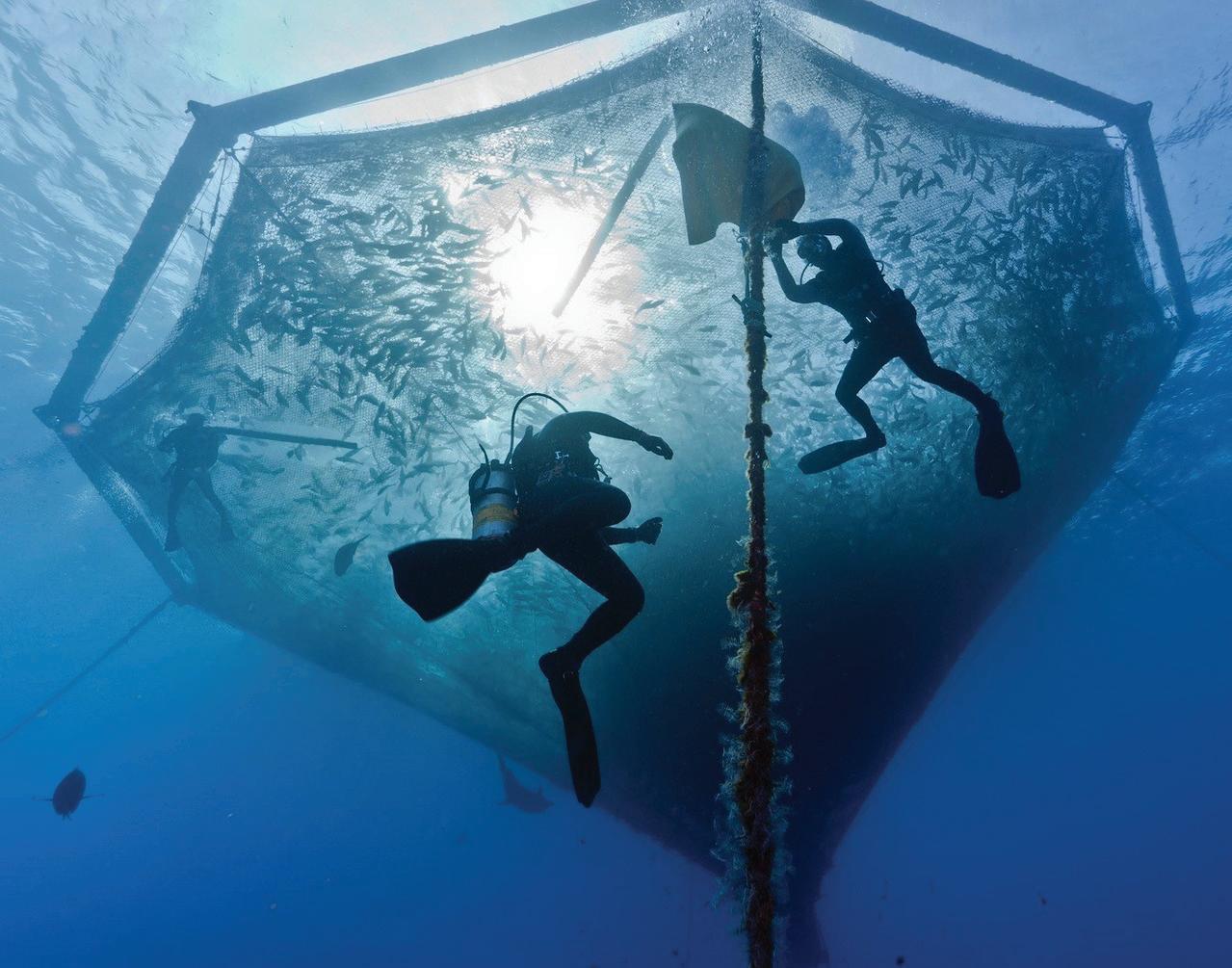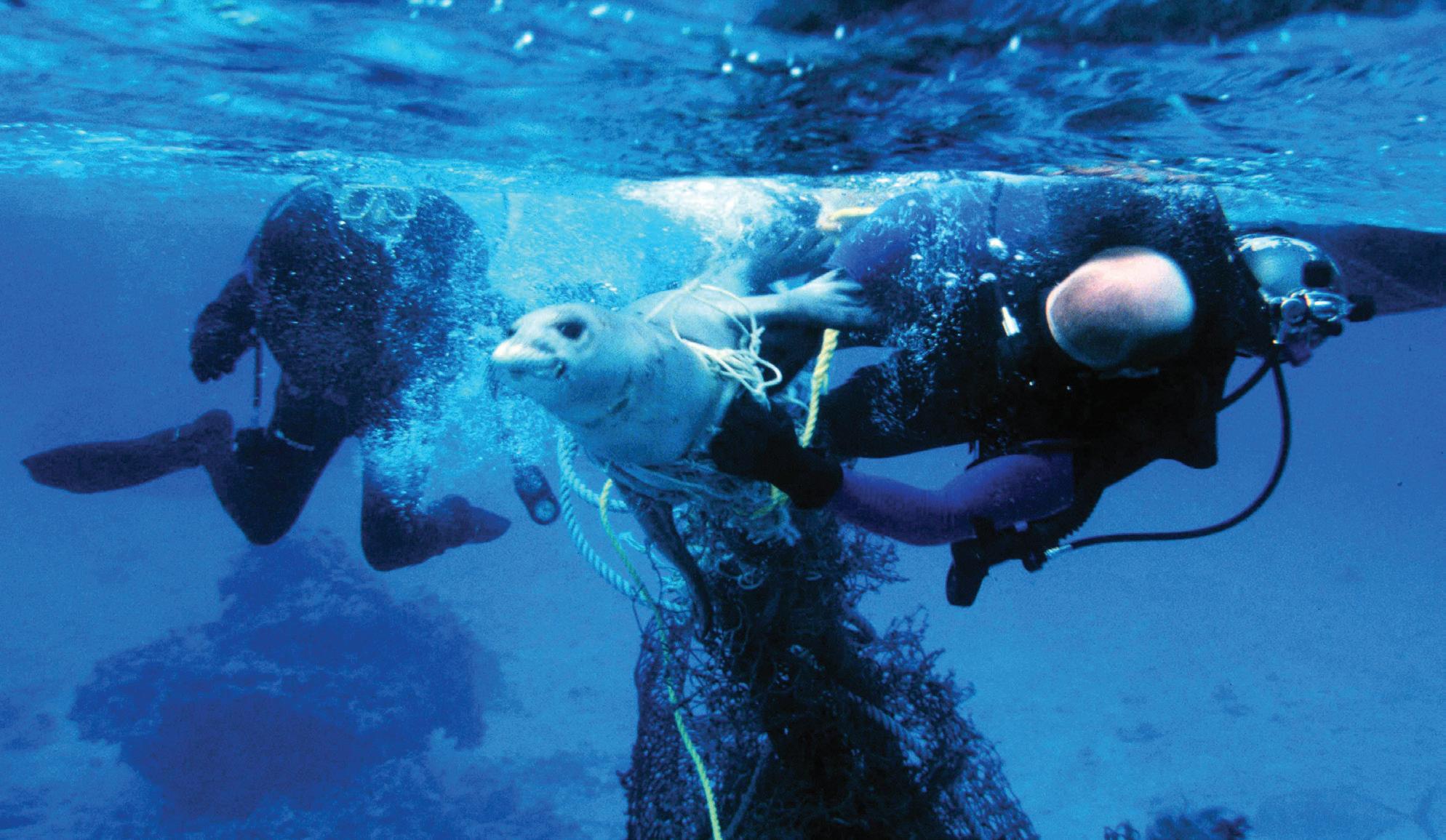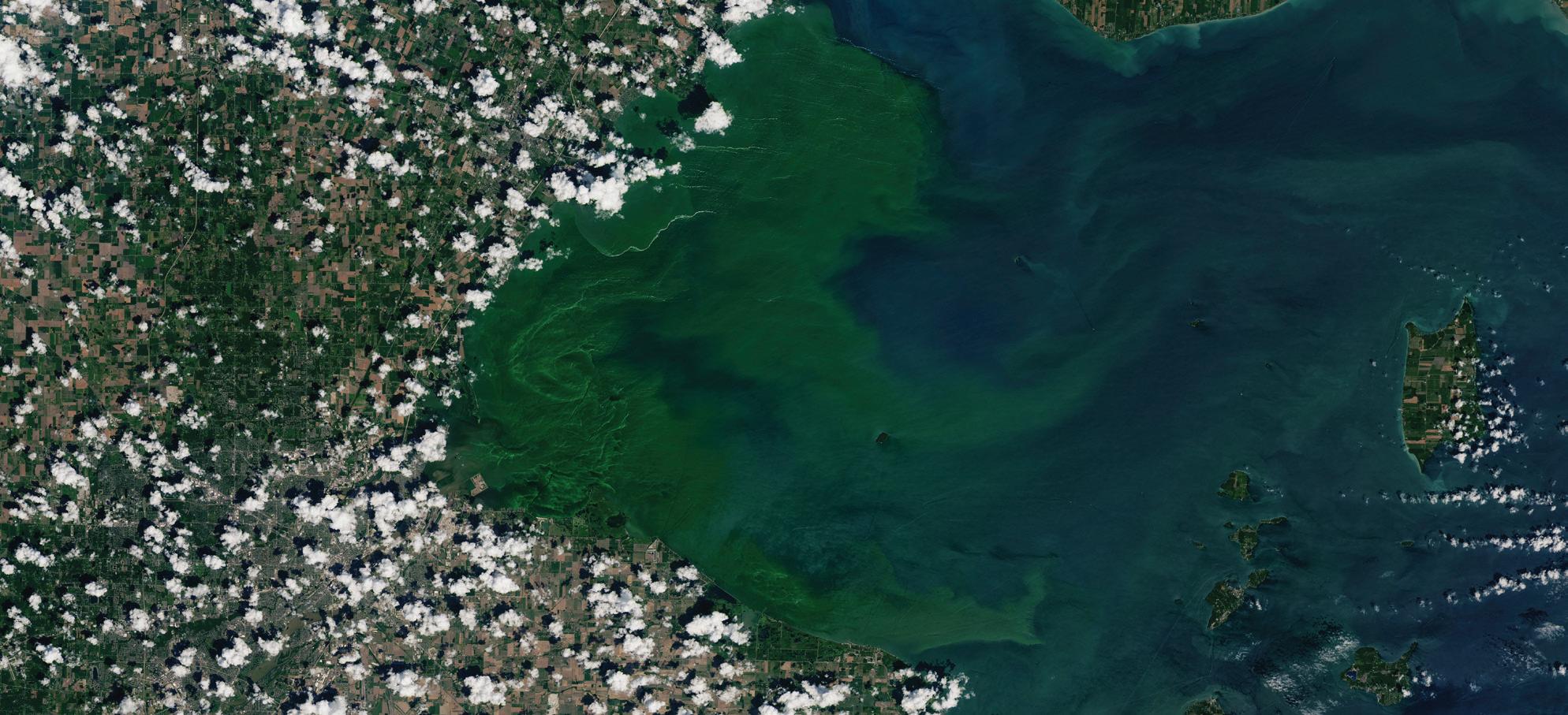NOAA TODAY
Underwater Gliders
They operate for months unattended, survive hurricanes and shark attacks, and are unlocking the secrets of the deep. By Craig Collins
T
Five members of NOAA’s Ocean Glider project stand with gliders ready to be deployed into waters around Puerto Rico.
NOAA’s mission of science, service and stewardship. Gliders have been deployed throughout the last several hurricane seasons, gathering data on warm water masses that can feed and intensify passing tropical storms, as well as cooler upwellings of saltier water than can draw energy from and weaken storms. AOML research has shown that data gathered from these gliders and other platforms
are key to improving the accuracy of hurricane intensity forecasts. The gliders offer clear advantages over other data-collection platforms in terms of flexibility, safety and cost. They can traverse the open ocean for months while consuming very little energy – they are called “gliders” because, like aerial gliders, they don’t have their own propulsion systems; they are outfitted with fins that act
Ocean gliders use pumps to alter their buoyancy, allowing them to slowly move up and down through the water. As they move up or down, the gliders’ wings create lift to propel them forward.
1966
National Sea Grant Colleges and Programs Act provides for uses of marine resources, economic opportunities and for coastal and marine research. Five years later the first Sea Grant Colleges were designated – Texas A&M University, University of Rhode Island, Oregon State University, and the University of Washington.
80
NOAA PHOTO
hey headed out to sea in July 2020, in the early part of hurricane season, into the Gulf of Mexico and off the coasts of Puerto Rico and the eastern United States: 30 underwater gliders, equipped with sensors to measure temperature and salinity throughout the water column, from the surface to depths a half-mile undersea. The 2020 hurricane season deployment was a collaboration between NOAA’s Atlantic Oceanographic and Meteorological Laboratory (AOML), the U.S. Navy, and the U.S. Integrated Ocean Observing System (IOOS®), a national-regional partnership for observing and collecting data from the oceans and Great Lakes. Navy researchers were among the first to experiment with underwater gliders – unmanned torpedo-shaped robots that can operate for months, monitored and controlled from terminals on land – in tracking submarines. In just a few years, uncrewed gliders have proved indispensable to









































